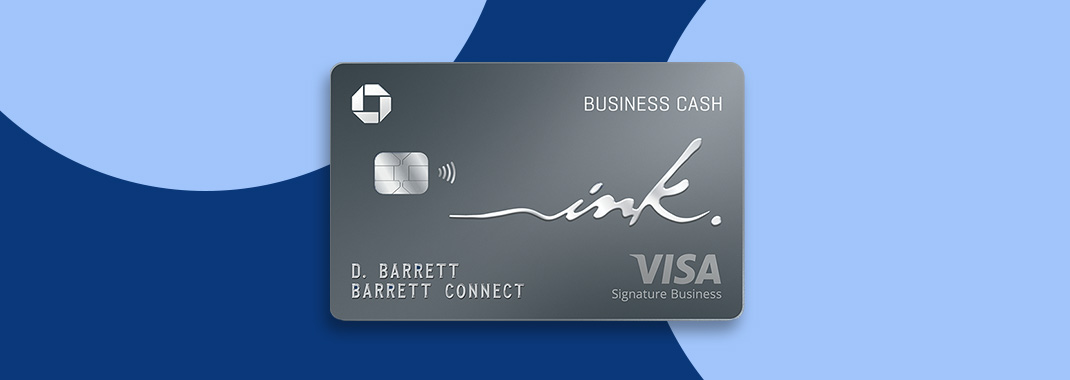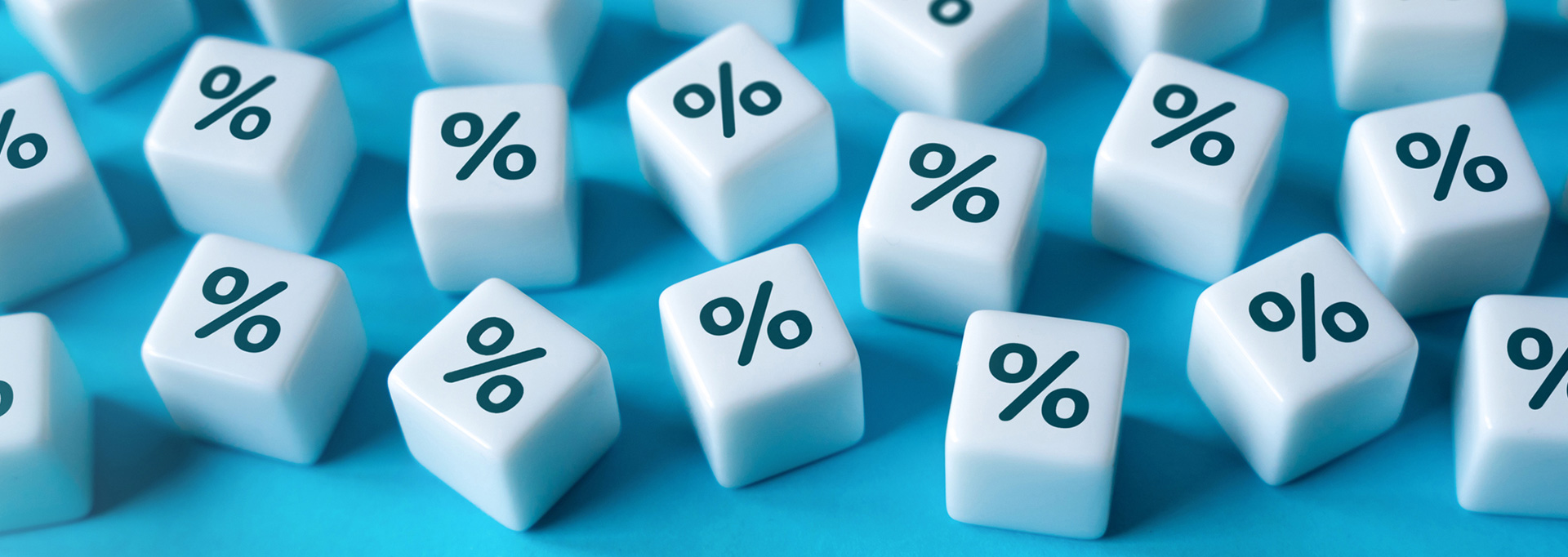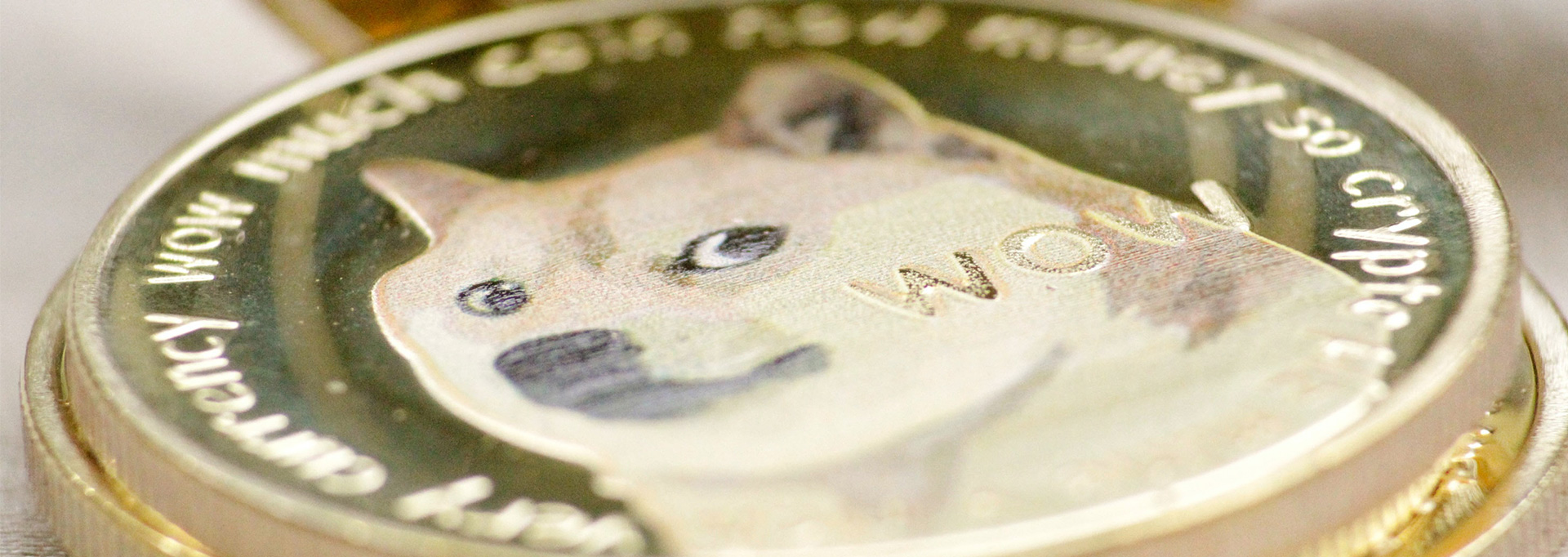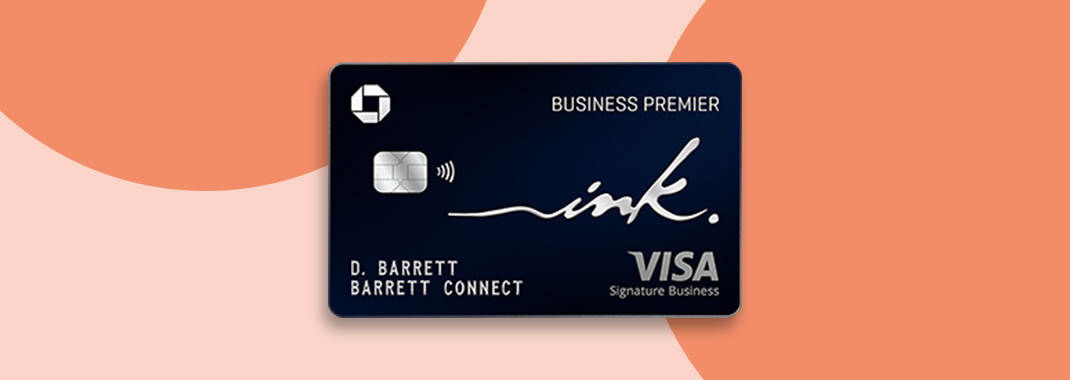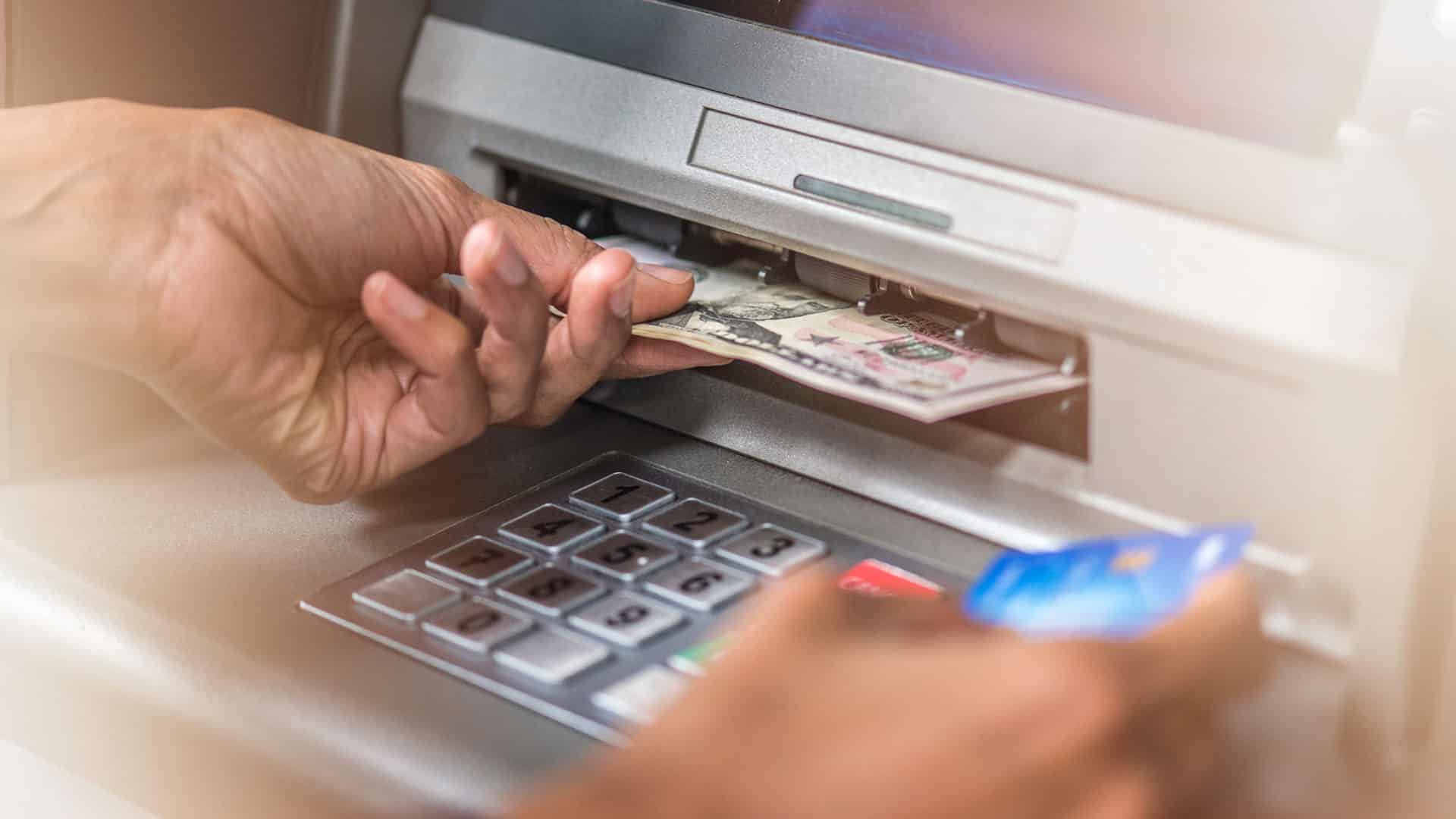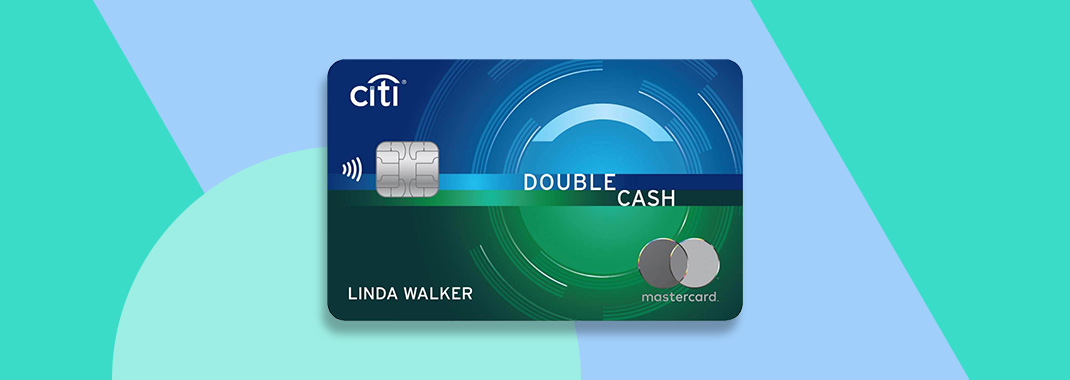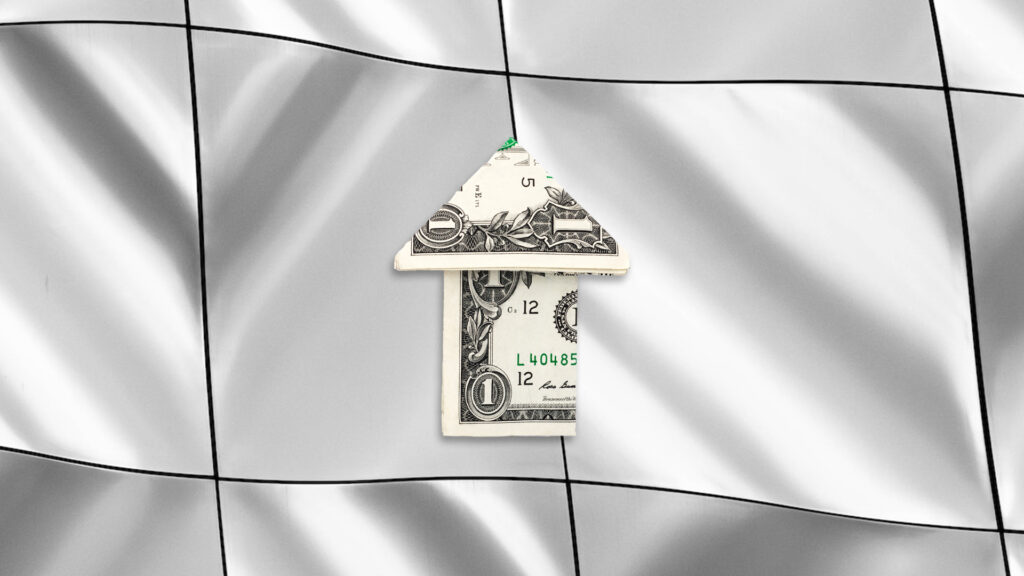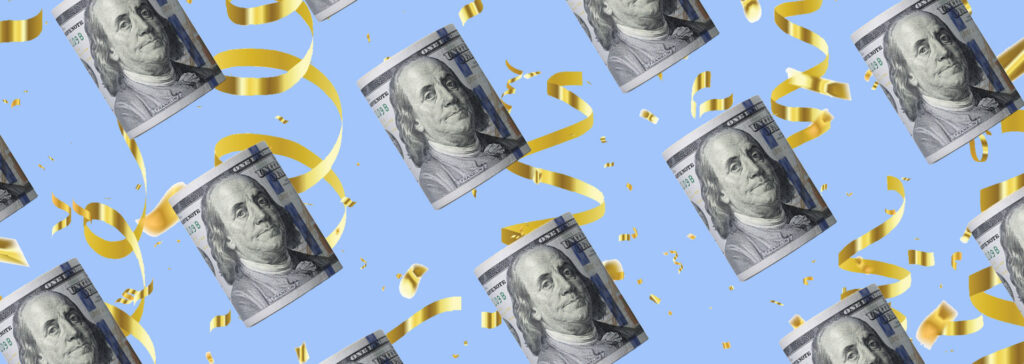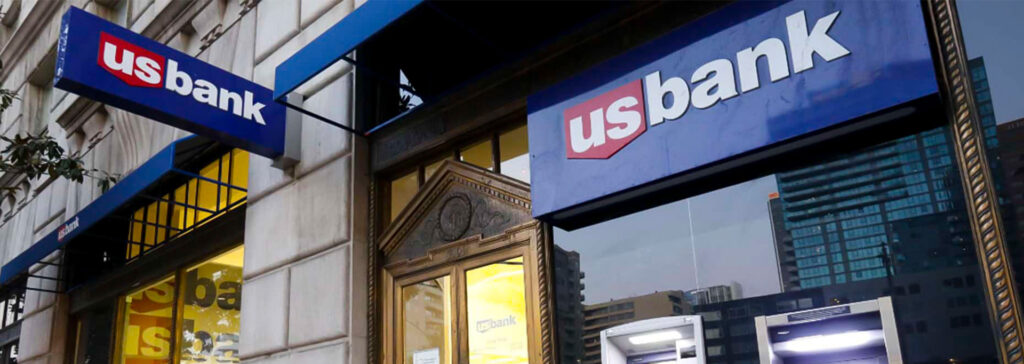Most products on this page are from partners who may compensate us. This may influence which products we write about and where and how they appear on the page. However, opinions expressed here are the author's alone, not those of any bank, credit card issuer, airline or hotel chain. This page may include information about American Express products currently unavailable on Slickdeals. American Express is not a partner of Slickdeals.
As the Federal Reserve continues to raise rates, rates for CDs and other banking products are also going up in tandem. This means that people are looking to CDs as a stable place to park their money to help shield themselves from market volatility while also protecting their funds as much as possible from inflation.
For those interested in learning more about CDs, we'll break down what a CD is, the different types of CDs available, and some important considerations when deciding whether or not CDs are right for you.
What is a Certificate of Deposit (CD)?

A certificate of deposit (CD) is a type of bank account offered by banks and credit unions that pays accountholders interest on a lump-sum deposit for a set period of time. The money deposited cannot be withdrawn before the fixed period of time. Otherwise, an early withdrawal penalty may apply.
Each financial institution determines its own internet rate and timeframe. CDs can have a length of 30 days, 90 days, semiannual (six months), and yearly terms ranging from one year to as high as 10 years.
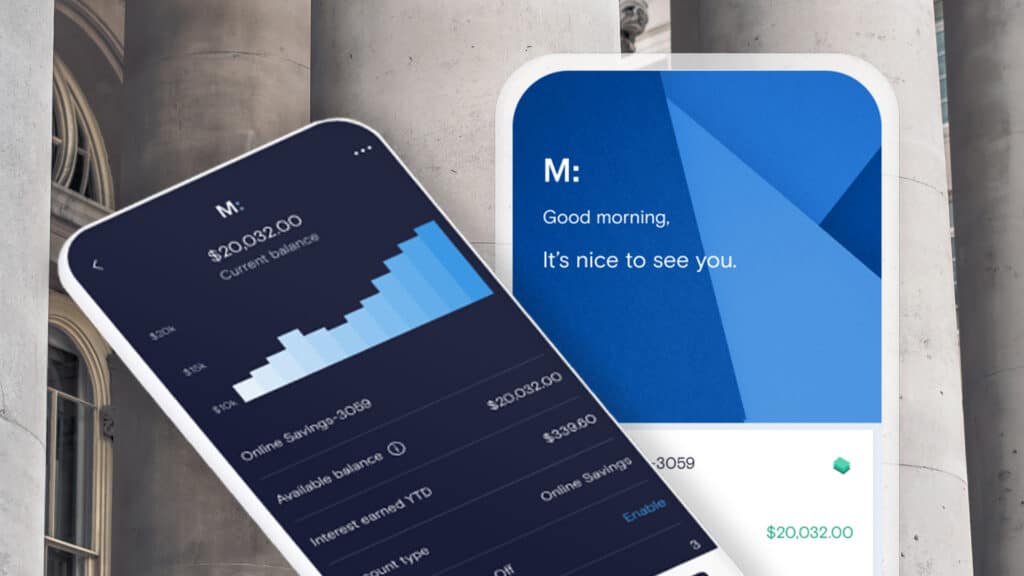
Marcus by Goldman Sachs CD Rates: Earn Up to 5.05% APY on Deposits
Types of CDs
There are a variety of CD types available, including the following:
Regular / Traditional CDs
A traditional CD is the most basic type of CD, which involves putting a one-time deposit based on the bank's minimum opening deposit requirement. The money stays in the account for a certain time and earns a fixed interest rate.
When the CD matures, the money is available for withdrawal including interest earned, or the CD can be rolled over into another CD for an additional term. Early withdrawals are subject to penalties, usually 10% of the amount withdrawn.
High-Yield CDs
Similar to high-yield savings accounts, high-yield CDs offer better rates than traditional CDs, but may require longer-term commitments or a bigger opening deposit. Some financial institutions offer them as a way to attract depositors.
 Related Article
Related Article
CD vs. High-Yield Savings Account: Which Is Better for You?
No-Penalty CDs
No-Penalty CDs (or liquid CDs) allow withdrawals at any time without a penalty before the term expires once the initial lock-up period has passed. For example, you may not be able to withdraw funds from the account for seven days after making a deposit.
If you think you might need the money sooner, this is an option that allows easier access to funds while providing higher interest rates than regular savings accounts.
Jumbo CDs
A jumbo CD requires a higher deposit (usually $100,000) than the minimum deposit required for a regular CD. A Jumbo CD may pay a slightly better interest rate when compared to a traditional CD or the savings interest rate paid for regular savings accounts.
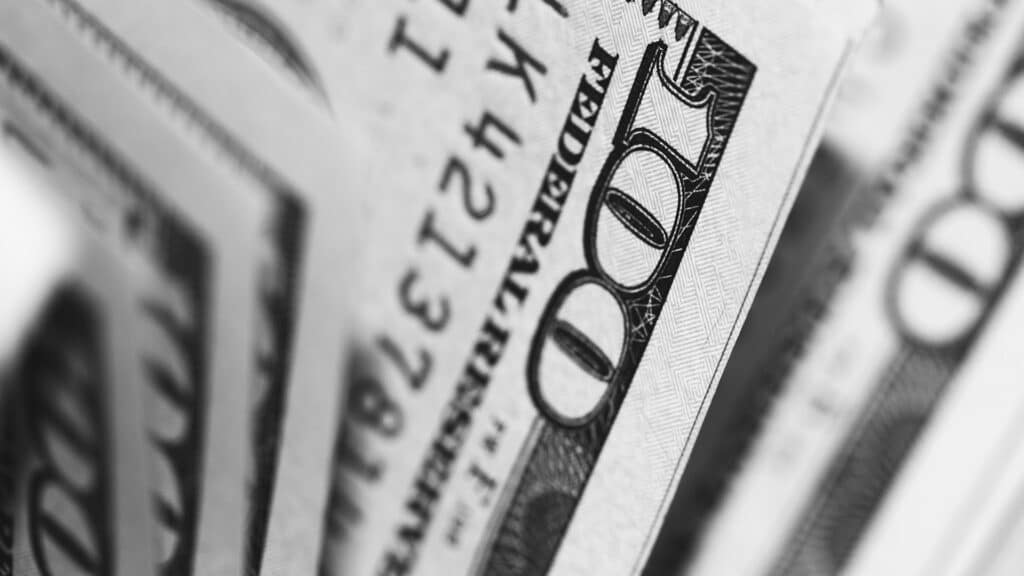
5 Best Jumbo CD Rates: Earn Up to 3.98% APY for High Balances in October
Bump-Up CDs (or Raise-Your-Rate CDs)
A bump-up CD provides the option to bump up your CD to a higher interest rate during the CD term with no commitment or extra fee. But some banks may have limitations and additional rules on when you can bump up the rate and how often, but most banks typically limit it to a one-time bump per CD term.
While bump-up CDs offer the opportunity to switch to a higher rate, these CDs typically start at lower rates than traditional CDs at fixed rates. If rates have been steadily increasing, bump-up CDs can be an option to benefit from rising rates while protecting your funds.
Step-Up CDs
A step-up CD automatically changes to a predetermined higher rate at certain intervals during the CD term. You won't necessarily get an overall higher return for step-up CDs, even though there are guaranteed increases over time. Pay attention to the blended yield APY, which is the effective rate that will apply to your CD term.
Zero-Coupon CDs
A zero-coupon CD sells at a discount from its value at maturity. The interest accumulates over the life of the CD, and you can redeem it for its full value plus the interest at maturity.
Suppose you buy a $100,000 10-year CD that sells for $95,000. At the maturity of 10 years, you will get $100,000, including your interest. Do note that you may be required to pay taxes on future interest income earned even before the CD's maturity, so you will need to have extra money to cover the tax payments.
Callable CDs
A callable CD works like a traditional CD, but the bank or firm that issued the CD can close the account before the CD reaches its maturity. Customers are still entitled to receive their full principal plus the interest accumulated up until that point.
Callable CDs may offer the opportunity to earn a higher interest rate, but the full returns aren't guaranteed because the account can be called at any time.
Brokered CDs
Brokered CDs are sold and traded on a secondary market through stockbrokers. To get a brokered CD, you need to open a brokerage account.
The rates offered on brokered CDs are considered to be more competitive on a national scale. If you sell the CD before maturity, you may take a loss if its value goes down. You must hold the CD to maturity to get the full principal and interest.
These CDs may be callable, so read the fine print. Also, check if the CD you buy comes from a federally-insured bank. You want to know that the Federal Deposit Insurance Corp. (FDIC) insures the CD because if not, you may risk loss if the bank fails.
IRA CDs
An IRA CD is an IRA account that is held within a CD and is intended to go towards one’s retirement. The funds are locked in a certain interest rate when you open the account. Depending on the type of IRA CD, there may be tax deferrals on the interest earned.
 Related Article
Related Article
What Is an IRA CD, and Are They a Good Investment?
Add-On CDs
An add-on CD allows you to make additional deposits, at certain intervals, to the CD account while the term is still running. Some banks may have special rules for add-on deposits, such as minimums for additional deposits.
Foreign Currency CDs
A foreign currency CD allows you to save and invest using foreign currency. When you do this, you will be taking on the risk of fluctuations in the currency exchange rates, but can be a way to diversify your funds with non-U.S. currency. Also, these CDs are not covered by FDIC insurance.
Pros and Cons of CDs
While for the most part, CDs are a low-risk way to grow your savings at a quicker rate than you'd be able to with a traditional savings account, this type of deposit account isn't without its issues. Make sure you're fully comfortable with the advantages and disadvantages if CDs before deciding to open one.
Advantages of CDs
- Higher interest rate: CDs usually have a higher rate than a standard savings or checking account because you are required to keep your money locked up for a set period of time.
- Stable returns: CDs earn a fixed interest rate that may pay out monthly, annually or at maturity. Returns are predictable as to when they will occur and for what amount.
- No monthly fees: Unlike savings or checking accounts, CDs do not typically come with monthly maintenance fees.
- Security & protection: CDs offer protection if the CD comes from an FDIC-insured bank, up to $250,000 per account type. Credit unions have similar insurance for CDs from the NCUA.
Disadvantages of CDs
- Rates lag behind inflation: The interest payments on CDs usually do not keep up with the inflation rate. If a CD pays a 2% annual percentage yield (APY) in interest and the annual inflation rate is 7%, those funds held in a CD account lose a net 5% of their purchasing power each year.
- Early withdrawal penalties: CDs come with a set maturity term, and most banks will charge an early withdrawal penalty fee if funds are taken out before the maturity date. The penalty may be assessed in the form of a flat fee or a percentage of the interest earned on the account.
- Less accessibility to funds: CDs have less liquidity than a savings or checking account because of the required maturity date and early withdrawal penalties. This makes it more challenging to withdraw funds quickly if you need them for an emergency.
- Lower returns: While CDs are considered to be a safe and stable place for a savings vehicle, you won't see the type of growth you would if the funds were invested in the stock market (which also comes with greater risks).
Explore the Best CD Rates
Visit the Marketplace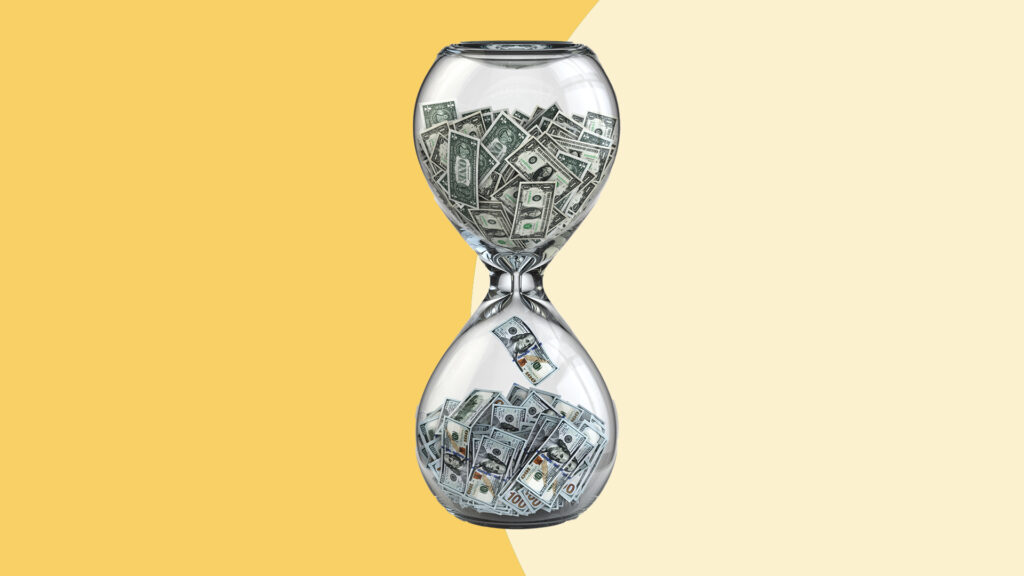
What Are the Alternatives to CDs?

CDs are intended to be a low-risk place to store your savings for the future. But they may not be the right choice for everyone due to their low returns and accessibility. Here are several alternatives to investing in CDs, including:
- Money market accounts
- High-yield savings accounts
- Short-term bonds
- Stocks that pay dividends
- U.S. Treasury bonds
Each investment product comes with its own risks, so evaluate the pros and cons of each, along with your financial needs and risks first before making a decision.
 Related Article
Related Article
CDs vs. Money Market Accounts — Which Is Best for You?
What is a CD Ladder?
A CD ladder is a way to spread your CD money among multiple CDs with different maturity dates, such as having some cash in one-year, two-year, and three-year or longer-term CDs. With this strategy, an investor may want to roll over maturing CDs into new CDs to maintain a ladder.
A CD ladder may be worth considering in a couple of scenarios:
- Rising-rate environment: During times of rising interest rates, it may be better to have a chance to increase your overall interest earnings by having some CDs mature when it may be possible to get a higher rate. Laddering helps avoid locking into a low rate for a long period.
- Need easier access to funds at different maturity dates: Rather than place all savings in just one CD, it may be worth considering setting up a ladder to ensure that some CDs mature each year. This strategy may also help if you need to access some of the funds when a CD matures or invest some money in something else to rebalance your investment portfolio.
Laddering works against you during periods of lowering interest rates. If interest rates go up and then down in the future, you may want to lock in a higher rate for a longer period.
 Related Article
Related Article
CD Ladders Are an Incredible Savings Strategy, Here’s How to Build One
Getting Started How to Open a CD Account
CDs can be an attractive option when interest rates are high.
-
1
Research CD Rates
Start by comparing accounts from different banks or financial institutions for the best offers. Don't forget to check out online banks as they may have higher rates.
-
2
Decide on CD type and term
Pick the type of CD that suits your needs, and decide how long you want to commit to locking up your funds. You'll also want to consider how you want your interest payouts.
-
3
Choose a bank
After you've done the research and know what type of CD you want, find a bank with the best rates, and make sure the institution is FDIC insured. Some banks even offer bank bonuses to entice new account openings.
-
4
Open your account
Once you've decided on a bank, you'll need to provide some personal information to open the account.
-
5
Fund the CD
When the account is created, you will need to fund it with the desired amount. Most banks offer the ability to fund an account online, by phone, or by mailing a check.
Are CDs Worth It?
CDs can be worth it for individuals who are looking for safe storage of funds that are not needed for the duration of the CD. They are considered to be a safe and stable vehicle for savings due to their low risk and guaranteed returns. Individuals who don't want to expose their funds to the volatility of the stock market may find CDs worthwhile for their savings goals. When interest rates are high, CDs can be an attractive option.
However, opening a CD may not yield the highest returns compared to some investment options. Even high-yield CDS are generally not enough to keep up with inflation.
Frequently Asked Questions
-
The interest payments on CDs are taxable in the year earned unless there is a deferral of taxes. Options to defer taxes on interest earned can be having an IRA CD or using money from other self-directed retirement funds.
-
Banks and credit unions set the rates they pay for CDs based on a calculation using the federal funds rate. As the Federal Reserve raises interest rates, usually CD rates also rise. A bank or credit union may offer a higher rate than its competitors to attract depositors, so it pays to shop around when looking for CD offers.
-
The only fees for CDs are the penalties for early withdrawal. Check the fine print as these penalties differ between institutions and might be substantial.
-
Yes. CDs can be used for retirement, such as in an IRA CD, where CD funds are held in an individual retirement account. Depending on the type of IRA CD, there can be tax advantages. CDs can be an option to save for retirement, but there is the risk of the funds losing purchasing power due to inflation. Consult with a financial advisor to help decide whether CDs are the right type of retirement investment for you.
-
CDs are worth considering as a way to hold funds securely for a set amount of time while earning interest. If you know when you will need funds in the future, you can plan for that date to have your CDs mature before the need.
Before putting away any money in low-interest CDs, pay down all high-interest debt first. Investing in a CD does not make sense when you owe money at high-interest rates.



